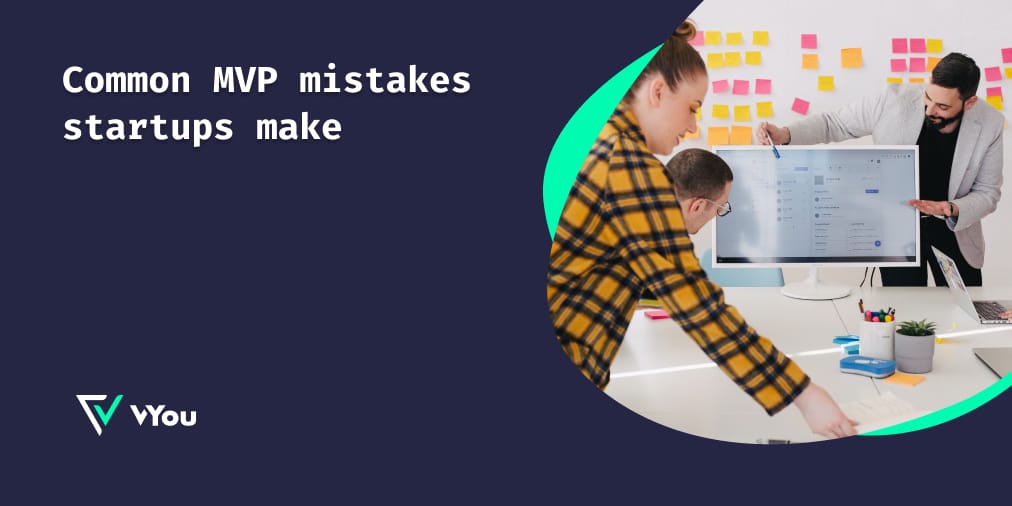Have you ever wondered how the big companies started to grow their business? Well, many of them certainly started by creating an MVP.
MVP stands for ‘minimum viable product’ and it’s a strategy commonly used by startups that consists in building a product with enough features to attract early adopters and validate a business idea. The great advantage of creating an MVP is the possibility of testing your idea and receiving feedback from potential customers without spending much time or money.
The feedback received by customers serves to make adjustments and align your product or service with the market expectations. Of course, a successful MVP doesn’t necessarily mean that your business is going to succeed, but it’s a great place to start.
“The goal of an MVP is to test fundamental business hypotheses (or leap-of-faith assumptions) and to help entrepreneurs begin the learning process as quickly as possible.” – Eric Ries, The Lean Startup.
Although it doesn’t sound like building an MVP is hard, it can certainly be a struggle for startups that don’t have a clear vision of their business idea. If you are building your MVP, make sure you don’t make the following common mistakes:
Not having a clear value proposition
This may be obvious, but there are many startups that start building their MVP without having a clear value proposition. Understanding what’s your value proposition it’s the first, and most important step to start. The reason? A value proposition helps your customers fully understand the value of your product or service. It’s a simple statement that summarizes the benefit they receive if they choose your business over others. Your customers should be able to read it and understand it easily!
Launching too soon
One of the questions that arises when launching an MVP is: when is the right time to launch? Knowing when is the right time to launch a product is not easy, but if your product is not completely ready at launch time, it is very likely to fail. Why? If you hurry up your MVP, you may make the mistake of launching it without enough features for early adopters to get interested in your product.
Aiming perfection
Many startup founders believe their MVP should be a masterpiece. Truth is, you don’t need to invest too much time and resources looking for perfection or adding features users don’t really need. In fact, you don’t even need to create the final product straight away. Start small and iterate based on the feedback you receive from early adopters. Focus on the problem your product wants to solve, instead of adding redundant features.
Building a product that’s hard to sell
The point of launching a business idea to the market is to be able to monetize it in order to make a profit out of it. If your business idea is hard to sell, it will be likely to fail. Who wants to invest money constantly without barely getting a return on their investment? Probably nobody. Before building an MVP, you must have a proven plan of how you’re planning to sell your product.
VYou for startups
User management, push communications, privacy management, monetization, are often a must in a MVP product, yet it takes months of development from scratch. With a Vyou license, you have access to all the tools you need to build a successful customer journey, keep users engaged and scale up to meet that demand. Check the VYou documentation here. If you are interested, you can request a free 90 days demo.

